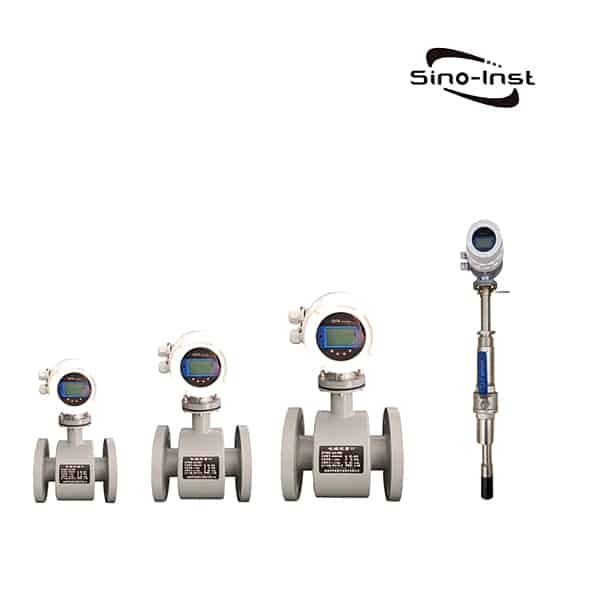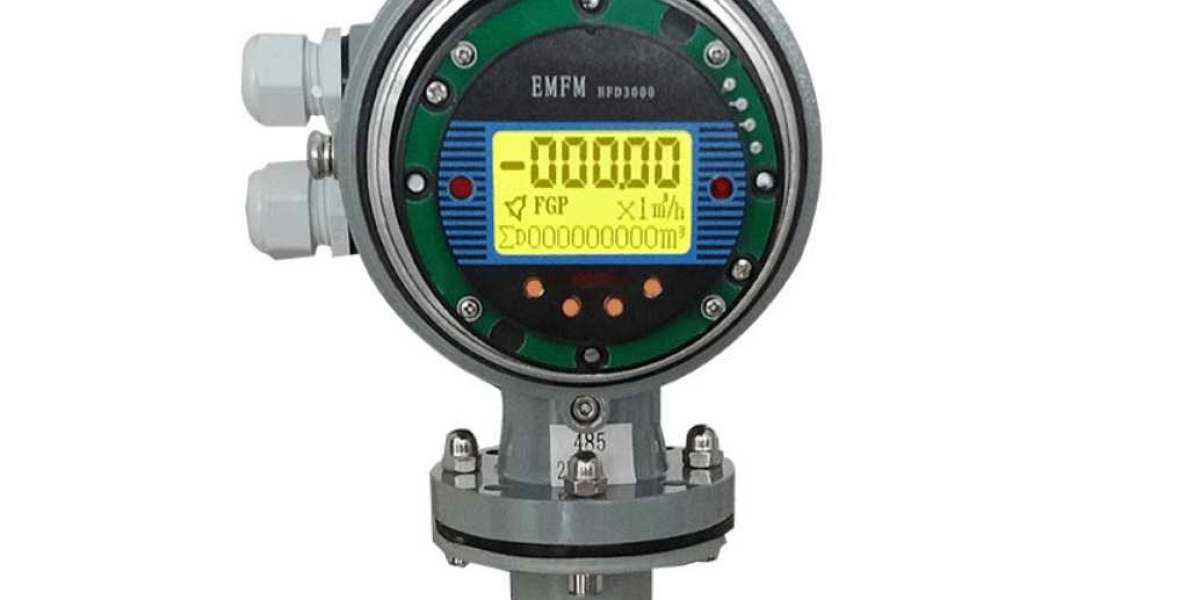Choosing the right magnetic flow meter is key, while choosing the wrong flow meter is nothing but hassle. In flow meter technology, the choice of devices for every type of application has expanded significantly in recent years. The right flow meter is essential for critical data collection, and the wrong one can lead to budget loss and costly production downtime. In this blog, I'll be discussing some of the key points that go into making a flow meter decision-making process where the difference between volume and mass flow plays a role. Read on to find out how to find the right flow meter for your application.
Price versus frequency of use of a magnetic flow meter: typical decision criteria for choosing an instrument

Beware of relying on two of the most common criteria people use in the selection process: cost and frequency of use. If you put price at the top of your criteria, it can be easy to select the wrong flow meter for the application or one that is physically or performance-poor. This business could quickly turn into a budget nightmare.
Coriolis mass flow meter
If the meter and its accessories require frequent and expensive maintenance, what you saved on this flow meter will quickly be used up. In addition, a flow meter with a higher initial investment can also offset this with lower maintenance and operating costs. Coriolis mass flow meters are initially more expensive to purchase than many other types of flow meters, but can save a lot of money over time as they are easier to maintain, resulting in less downtime and lower maintenance costs.
While figuring out what type of flow meter is most commonly used in your industry is important, simply choosing which device you use often can also create major problems. If the flow meter is not 100% suitable for your application, quantities can fall short of or exceeded, whereby valuable material is lost, faulty production and failures and thus economic loss are the result.
Ultrasonic volume flow meter
Technological advances can also bring tools to market that may not be as well known but offer a better solution. For example, in the past, inline ultrasonic flow meters had to be recalibrated when using a different fluid and could not be used in applications where hygiene was important. Nowadays, new ultrasonic flow meters like the ES-FLOW have solved these problems, opening up the use of inline ultrasonic flowmeters for this type of application.
A flow meter is a highly technical device that is influenced by many variables. We'll single out the most important ones, but in the end, each application is unique.
Volume or mass flow?
There are two basic ways to measure liquids, volume and mass flow measurement. A flow meter is either a magnetic flow meter or a mass flow meter. Mass and volume can be converted into one another using the density and the agreed variables (pressure, temperature). Whether a volumetric flow or mass flow meter is most suitable depends on the application, its components and the purpose of the measurement. Do you want to learn more about volume versus mass flow and why reference conditions in mass flow are important?
Which magnetic flow meter is suitable when?
Some magnetic flow meters are easy to rule out because they just don't work with the application. For example, electromagnetic flow meters do not work with hydrocarbons, but require a conductive liquid. Many magnetic flow meters cannot measure gases or suspensions. Listed below are some of the major categories of flow meters that are coupled with the type of fluids that the devices can handle.
- Gas - Coriolis mass flow meter, thermal mass flow meter, ultrasound, rotameter, differential pressure flow meter, displacement meter, turbine flow meter
- Liquids - Coriolis Mass Flow Meters, Thermal Mass Flow Meters, Ultrasonic, Rotameters, Differential Pressure Flow Meters, Displacement Meters, Turbines, Electromagnetic Flow Meters
- Suspensions / dispersions - Coriolis mass flow meters, some types of displacement meters, ultrasound, electromagnetic flow meters
- Steam - vortex, ultrasound, float
Fluid properties
It is important to know the properties of the liquid to be measured, below are some of the parameters:
- Type of fluid: gas, liquid, suspensions, vapor
- Density
- Viscosity
- Temperature
- Condition of the fluid - free of foreign bodies, suspended particles, air bubbles,
- Other impurities
- Consistency of flow - steady or broken, filling or partial filling or varying of the pipe.
- Flow range - minimum and maximum of the flow
- Corrosiveness of the fluid - corrosive liquids and gases can damage the sensors
Installation situation
However, it is just as important to know the installation situation, as this can have an impact on the accuracy of the device.
Configuration of the line before and after the magnetic flow meter, as well as the length of the inlet and outlet sections of the flow meter.
- Diameter of the pipes used: depending on the device, the pipe diameter influences the performance of the device, e.g. if a very high flow rate is to be achieved with very small pipe cross-sections (turbulence effects).
- The material of the piping (e.g. plastic tubing can lead to problems (diffusion, are the ambient conditions stable or do they vary greatly (e.g. the ambient temperature))
- Installation position of the instrument: Does the flow meter work in a certain installation position? This can seriously affect the performance of a flow meter (chimney effect).








